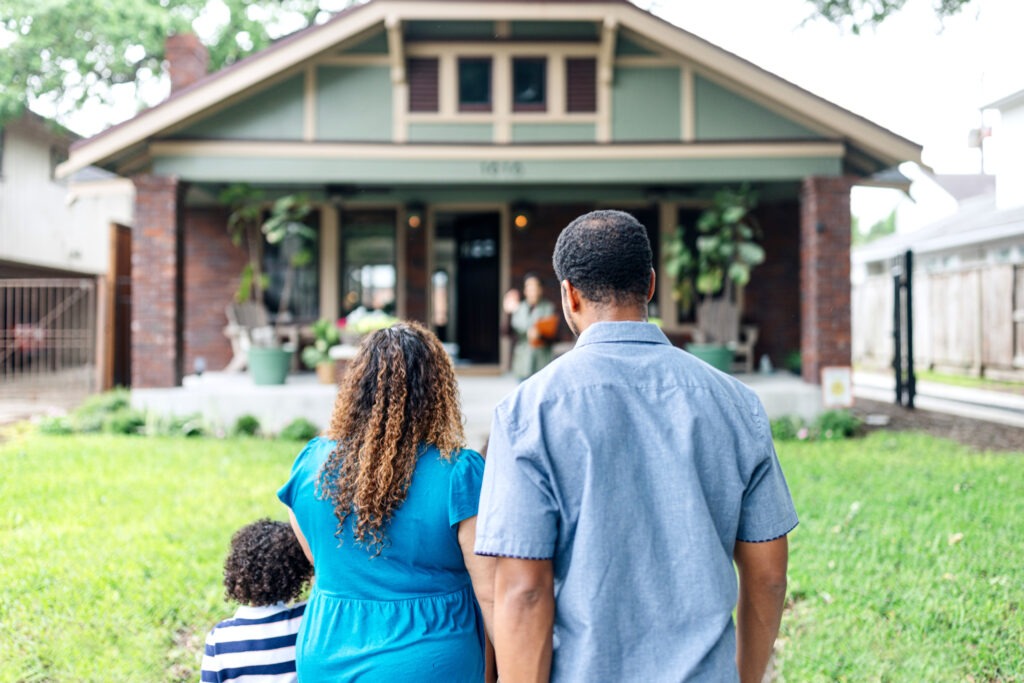How Much House Can I Afford?

Buying a house is one of the most significant financial decisions many people make in their lifetime. Determining how much house you can afford is crucial to making a responsible purchase that aligns with your financial health. Overextending on a mortgage can lead to years of financial strain, while underestimating your capacity may limit you from buying a home that fits your lifestyle.
Estimating The Mortgage Payment
When planning to buy a home, it’s crucial to understand all the costs that contribute to your monthly mortgage payments. These costs go beyond just the price of the house and the loan principal. By factoring in other essential expenses, you can get a clearer picture of how much you’ll need to budget each month. Here are the key components that affect your mortgage payment:
- Loan principal and interest: This is determined by the home price, down payment, and interest rate. For example, a $400,000 home with a 20% down payment results in a loan of $320,000. Interest rates depend on factors like your credit score and can have a significant impact on your payment.
- Property taxes: Ranging from 1-2% of your home’s value annually, property taxes can vary significantly by location. For a $400,000 home, this adds around $333 to $667 per month.
- Homeowners insurance: Protecting your home against damage is essential, with costs typically around $1,000 to $2,000 per year, or $83 to $167 per month, depending on your home’s location and coverage needs.
- Private mortgage insurance (PMI): If your down payment is less than 20%, PMI is required and could add 0.5% to 1% of the loan amount annually.
By using a mortgage calculator to combine these costs, you’ll get a comprehensive estimate of your monthly payments. For instance, right now, on a $400,000 home with a 20% down payment, you might expect your total mortgage payment to be between $2,000 and $2,500 per month, factoring in taxes, insurance, and other fees. However, how do I know if the potential mortgage payment is too high?
The 28/36 Rule
One of the most widely used guidelines for determining home affordability is the 28/36 rule, which lenders often use to assess mortgage eligibility. This rule suggests that:
- Your monthly mortgage payment (including principal, interest, taxes, and insurance) should not exceed 28% of your gross monthly income.
- Your total debt payments (including your mortgage, credit cards, student loans, auto loans, etc.) should not exceed 36% of your gross monthly income.
For Example– Let’s say your gross monthly income is $8,000. According to the 28/36 rule:
- Your mortgage payment should not be more than $2,240 (28% of $8,000).
- Your total monthly debt payments should not exceed $2,880 (36% of $8,000).
While this rule can be a great starting point to better understand the house you can afford, it’s also important to consider the ongoing costs of home ownership maintenance that aren’t included in the mortgage payment.
Additional Homeownership Costs
Additional homeownership costs are often overlooked during the buying process, but they are crucial to consider as they can significantly impact your overall budget and financial stability.
- Maintenance and Repairs: Set aside 1-3% of the home’s value annually. For a $400,000 home, this would be approximately $4,000 to $12,000 per year, or about $333 to $1,000 per month.
- Utilities: Ongoing costs for water, electricity, gas, internet, and other services can range from $200 to $500 per month, depending on your home’s size, efficiency, and location.
- Homeowners Association (HOA) Fees: If purchasing in a community with an HOA, fees can range from $50 to $500 per month, or $600 to $6,000 per year, depending on the amenities and services provided.
With maintenance and repairs fluctuating so frequently, its import to make sure you maintain a balanced emergency fund for large, unexpected costs that come your way.
Four Strategies to Reduce Monthly Payments
Let’s say you found a house you love, but the mortgage payments are slightly out of your budget or above the 28/36 rule. Here are the four ways to get a lower monthly mortgage payment:
- Make a Larger Down Payment. One of the most effective ways to reduce your monthly mortgage payment is to make a larger down payment. The more you pay upfront, the smaller your loan will be, leading to lower monthly payments. A larger down payment can also help you avoid private mortgage insurance (PMI), which typically adds extra costs if your down payment is less than 20%.
- Shop Around for Lower Interest Rates. Interest rates play a major role in determining your monthly payment. Even a slight reduction in your interest rate can lead to significant savings over the life of the loan. Be sure to compare rates from different lenders, including banks, credit unions, and online lenders. Improving your credit score before applying can also help you qualify for better rates.
- Extend the Loan Term. Choosing a longer loan term, such as a 30-year mortgage instead of a 15-year mortgage, can lower your monthly payments by spreading the loan repayment over a longer period. While this reduces the monthly burden, keep in mind that you’ll end up paying more in interest over the life of the loan. However, it can make homeownership more affordable month-to-month.
- Refinance Your Mortgage. If interest rates have decreased since you secured your mortgage or if your financial situation has improved (e.g., a higher credit score), refinancing can be a smart move. By refinancing, you may qualify for a lower interest rate or change your loan term, both of which can significantly reduce your monthly payment. Just be mindful of closing costs associated with refinancing, as they can impact your overall savings.
It’s important to note that using strategies to lower your mortgage payment can ease your monthly budget today but might lead to paying more in the long run because of longer loan terms or higher interest costs.
In Conclusion
Determining how much house you can afford isn’t just about following a formula — it’s about understanding your financial picture, lifestyle preferences, and long-term goals. By assessing your income, debts, down payment, and additional homeownership costs, you can make an informed decision that ensures financial stability while allowing you to enjoy the benefits of homeownership. While the 28/36 rule is a helpful starting point, it’s important to take a holistic view of your finances. Don’t forget to factor in your other financial goals, whether it’s saving for retirement, paying off debt, or maintaining a comfortable lifestyle. With careful planning and consideration, you can confidently answer the question: How much house can I afford?
Similar Articles
Economy
Government
Stock Market


